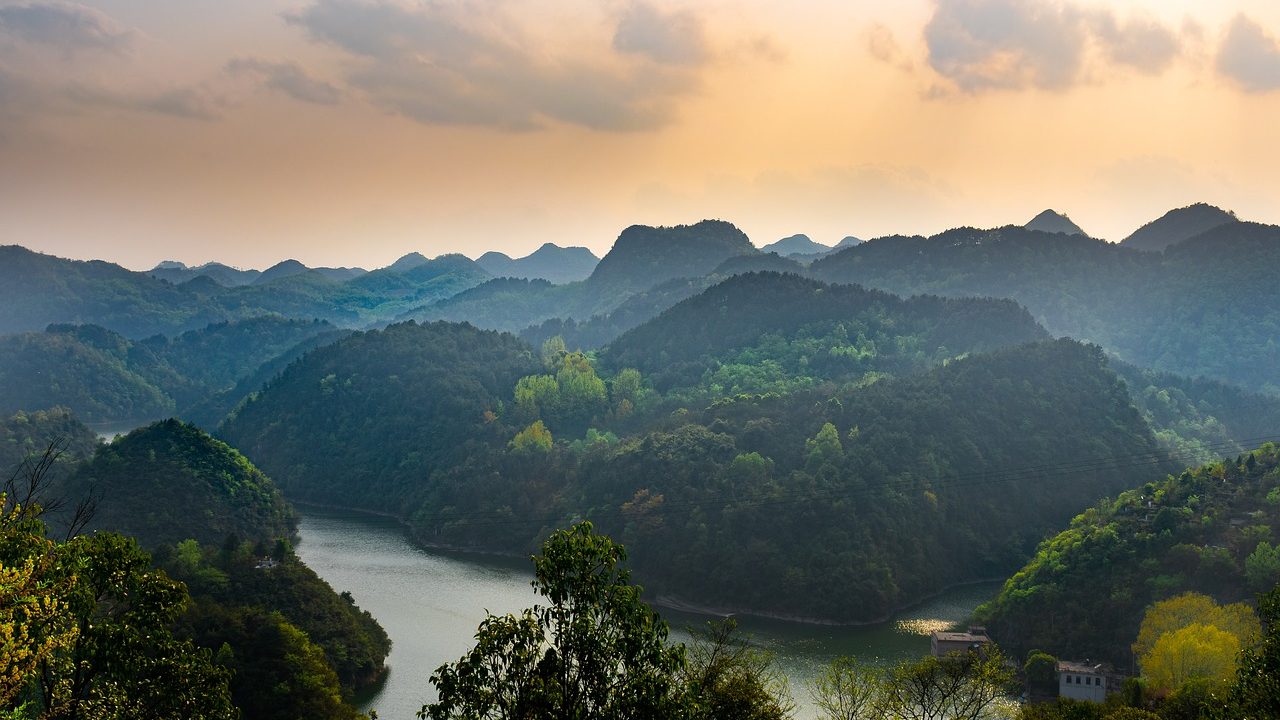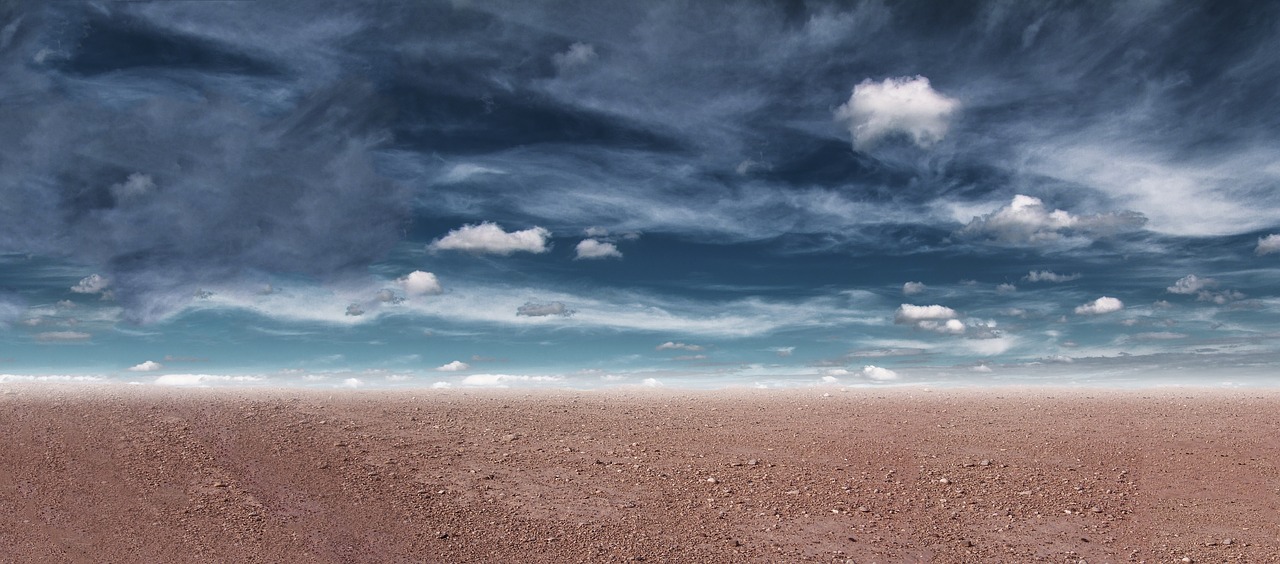New Method Can Help Predict Reservoir Levels Three Months in Advance
As the mercury soars and countdown begins for the monsoon, storage levels in reservoirs keep the government and hydropower generators on tenterhooks. Now Indian scientists have found a potential solution – a new framework that can predict reservoir storage anomalies one to three months ahead for the dry season (February to May).
Reservoirs provide water for irrigation, industrial use, and hydropower generation in many parts of the country and their storage levels depend on rainfall in catchment areas, among other factors. Advance warning about likely deficit in reservoir storage could help in water management during droughts. But, at present, there is no such system available.
Researchers at the Indian Institute of Technology, Gandhinagar, have developed a statistical framework which they say “provides the first assessment of reservoir storage anomaly forecast at 1‐ to 3‐month lead for the dry season that can be valuable for decision‐making.”
The framework is based on several parameters – observed accumulated rainfall, standardized precipitation index (SPI), standardized precipitation evapotranspiration index (SPEI), standardized streamflow index (SSI), and observed storage data.
“We have found that accumulated precipitation for 3 to 11 months is strongly linked with monthly reservoir storage anomalies. Based on such data and other inputs it is possible to provide a reasonable forecast for reservoir storage anomalies at 1 to 3-month lead. This means in January and February itself we can predict what will be the storage level in May,” Dr. Vimal Mishra, who has developed the framework along with co-researcher Amar Deep Tiwari, told India Science Wire. The scientific details of the model have been published in the Journal of Geophysical Research: Atmospheres.
At present, reservoir storage forecast is mostly based on the prediction of inflows which can be estimated using hydrological models as well as weather and climate models. Reservoirs levels are also monitored using remote sensing and ground measurements based on factors like water surface area and elevation.
For developing their model, researchers analyzed observed precipitation, air temperature, and data from catchment areas of 91 major reservoirs in the country, and developed a regression‐based statistical model to predict reservoir storage anomalies at three months lead. Daily precipitation and maximum and minimum temperature data were taken from the India Meteorological Department (IMD), while India‐WRIS database was used for getting weekly reservoir storage data for all 91 reservoirs.
“We have validated the model for reservoir levels 2002 onwards. This period has had dry, wet and normal monsoon years, and we found that the model really works well,” said Dr. Mishra.
Reservoirs in the country have considerable variation in terms of water surface area, storage capacity, command area and installed capacity to produce hydropower. The total storage capacity of 91 major reservoirs is about 238.4 billion cubic meters. Seven big ones – Indira Sagar, Srisilam, Nagarjuna Sagar, Gandhi Sagar, Ukai, Gobind Sagar and Pong – have storage capacity more than 6 BCM.
Experts, however, remain cautious. “Reservoir storage forecast is a good idea, but one of the key parameters needed is upstream and reservoir water use data. There is no public policy as to how reservoir water will be used. This gap needs to be recognized before forecasting can give useful outputs. Another major factor is massive groundwater use and its impact on stream flow, which, in turn, affects reservoir storage,” Himanshu Thakkar of South Asia Network on Dams, Rivers, and People, said while commenting on the study.
Information is also lacking in the state of catchments of various reservoirs. In July last year, major reservoirs in the Cauvery basin were full even though rainfall in the basin was 4 percent below normal. “This was because the catchment is degrading very fast and almost all the rain quickly converts into streamflow ending up in the reservoir. That’s why the state of a catchment is a key parameter that decides how much water ends up in a reservoir, but this is a big unknown,” Thakkar added. (India Science Wire)
By Dinesh C Sharma
If you liked this article, then please subscribe to our YouTube Channel for the latest Science & Tech news. You can also find us on Twitter & Facebook.



